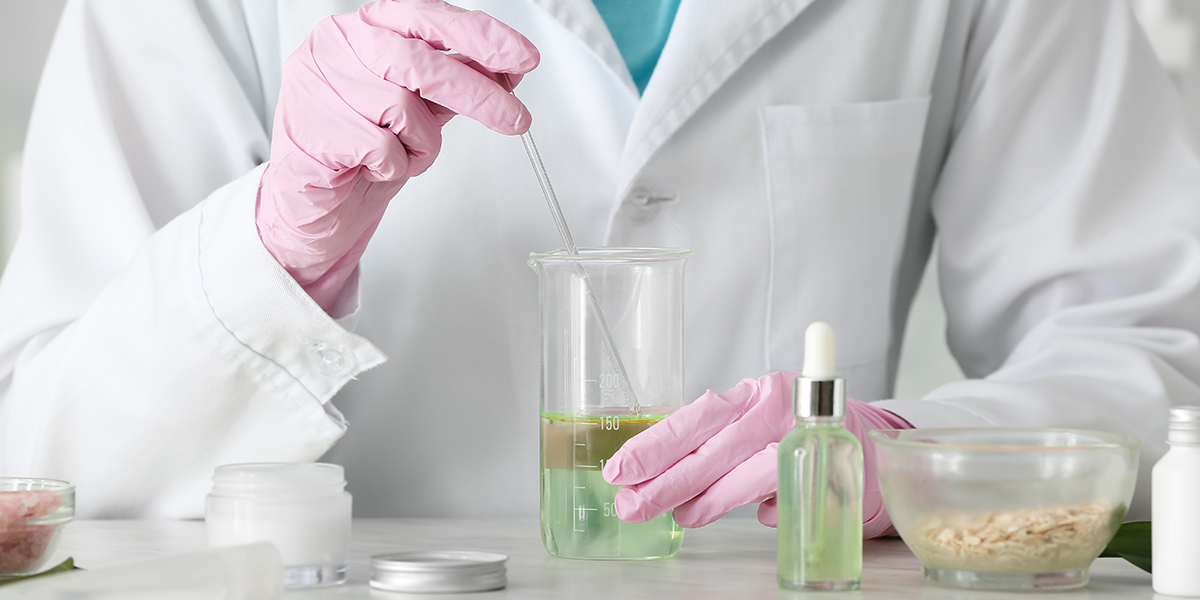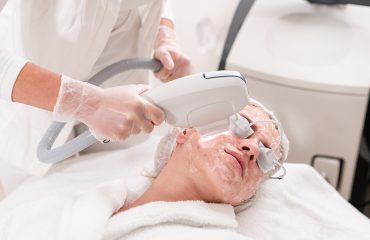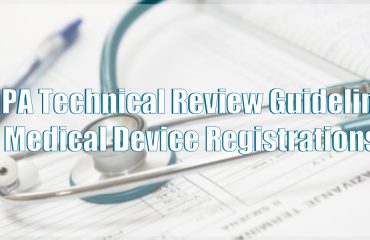China cosmetic ingredients acute inhalation toxicity test and four other technical guidelines were issued by China’s National Institute for Drug Control (NIFDC) on February 5, 2024. This article summarizes the acute inhalation toxicity test technical guideline and its basic principles, in addition to the ATC Method technical guideline.
The other guidelines are Technical guidelines for 28-day/90-day repeated dose inhalation toxicity testing of cosmetic raw materials, Technical Guidelines for Toxicity Testing Studies of Cosmetics for Reproductive Development, Technical guidelines for immunotoxicity testing of cosmetic raw materials and as they are not so generally applicable, are not discussed further here. If you would like more information, please contact us.
Cosmetic Ingredients Acute Inhalation Toxicity Testing Technical Guidelines
Cosmetic products, applied to various parts of the body such as the skin, hair, nails, and lips, may carry risks of inhalation exposure due to their forms, methods of application, or the characteristics of their ingredients. In line with the “Technical Guidelines for Cosmetic Safety Assessment,” potential health hazards resulting from inhalation exposure must be considered when assessing cosmetic safety. To fully evaluate the associated safety risks, acute inhalation toxicity studies may be required for new ingredients and ingredients for which the basis of a safe level of use is not available globally. Health hazard effects due to inhalation exposure need to be considered when there is a potential for inhalation exposure.
The principles outlined in the “Guiding Principles for Acute Inhalation Toxicity Testing of Cosmetic Ingredients” draw upon relevant standards such as the OECD Guideline 403 and the Chinese GB/T 21605-2008 standard for acute inhalation toxicity testing of chemicals. Tailored to the specifics of cosmetic ingredient safety assessment, these guidelines govern the research and evaluation of acute inhalation toxicity, ensuring compliance with Chinese cosmetic regulations.
Basic Principles: Test Management: Conducting acute inhalation toxicity tests aligns with toxicological studies within cosmetic safety assessments, adhering to relevant regulatory frameworks and animal welfare principles.
Tailored Approach: Designs for acute inhalation toxicity tests should be context-specific, considering the unique characteristics and usage scenarios of cosmetic ingredients.
Randomization, Control, and Replication: Adhering to standard principles, tests should incorporate randomization, appropriate controls, and replication.
Key Components:
- Test Substance: Information on the substance’s characteristics, purity, chemical structure, and physicochemical properties is crucial. Formulation with non-toxic carriers, primarily water, is recommended, ensuring compatibility and stability during exposure.
- Exposure Method: Dynamic inhalation exposure is chosen based on substance characteristics,
- Test Method and Dose: Traditional methods or concentration-time approaches are employed, ensuring controlled exposure durations and concentrations. Monitoring aerosol characteristics and adhering to safety standards during exposure are paramount.
- Observation and Evaluation: Comprehensive observation, is conducted throughout the test period.
Cosmetic Ingredients Acute Inhalation Toxicity Acute – ATC Method technical guidelines
The Acute Toxic Class Method (ATC Method) is employed to assess acute inhalation toxicity. The aim is to extract vital information regarding the respiratory health hazards posed by these substances, enabling the classification of acute inhalation toxicity according to the United Nations Globally Harmonized System (GHS) standards.
The ATC Method seeks to identify potential health risks associated with inhalation exposure to cosmetic ingredients and categorize their toxicity accordingly. By adhering to this method, regulatory bodies can make informed decisions regarding the safety of cosmetic products. Moreover, data obtained from acute inhalation toxicity testing under the ATC Method serve as a basis for designing and selecting doses for subsequent toxicity studies, such as repeated inhalation exposure tests over 28 or 90 days.
It’s essential to note that these guidelines primarily apply to individual cosmetic ingredients. However, if evaluating non-single-component materials using this method, additional scientific evidence is required to justify its applicability. Furthermore, while these guidelines encompass a wide range of cosmetic ingredients, certain materials, such as insoluble isometric or fibrous substances and manufactured nanomaterials, require alternative testing methods due to their unique properties.
Basic Principles: General Principles: Test designs must adhere to the fundamental principles of toxicological experimentation, ensuring data integrity and accuracy. Tailored Approach: Designs should be tailored to the specific characteristics and properties of the test substances, integrating existing toxicological data to ensure comprehensive analysis and evaluation.
Avoiding acute toxicity inhalation tests: Ingredient manufacturers are advised to label their ingredient with precautions for use for example: “Not to be used in sprays, aerosols, or powders where there is a risk of inhalation” to avoid having to undertake acute toxicity inhalation tests.
Further information
Read the original NIFDC announcement on China cosmetic ingredients acute inhalation toxicity test.
Learn more about the latest testing methods by reading our article on Prohibited cosmetic ingredient testing methods update.
Contact us to learn more about our cosmetics services in China.
GET IN TOUCH

 Deutsch
Deutsch  Italiano
Italiano  Français
Français  日本語
日本語  한국어
한국어 



